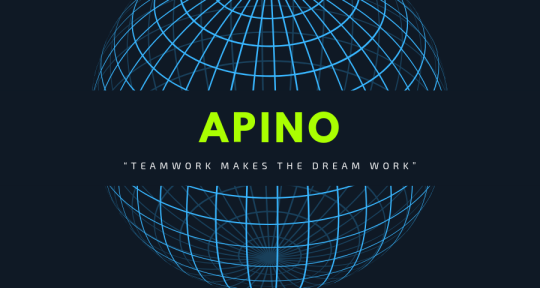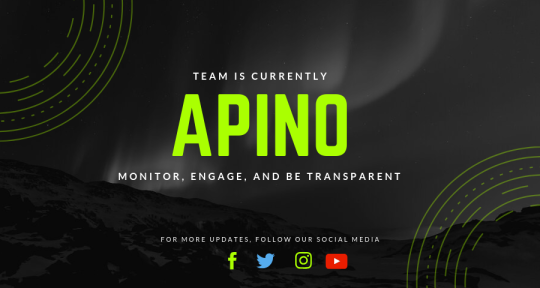Web 2.0
Internet Different stages of the World Wide Web (www).
Web 2.0 (Read, Write, Execute Web) (2000-2010)
Web 2.0 Is A Technology Shift That Provides A User-Level Interaction That Was Not Available Before In The Web Environment. However, Web 2.0 Was Introduced In 2004 As A Second Generation Of The World Wide Web That Is Focused On How Information Is Shared Among People. Web 2.0 Is Important Because It Can Easily Grab Attention, Presenting The Best Output, Which Can Trigger The Attention Of Customers When Visiting A Site. It Is Easy For Customers. The Word 2.0 Comes From The Software Industry, Which Describes The Transition From Static HTML Pages Too Dynamic Webpages Organized Based On Serving The Web Application Users. The Web Becomes Much More Dynamic And Interactive E.G. Online Communities. However, It Is Even Easier To Share Information On The Web. Popular Websites That Offer Free Services Include Wikipedia, Google, And Facebook, Etc.

The Key Features Of Web 2.0 Include
- User As A Contributor- Information Flows Two Ways Between The Site Owner And Site User Utilizing Evaluation, Review, And Commenting.
- Rich User Experience- Dynamic Content; Responsive To User Input (RIA)
- User Participation - Site Users Add Content For Others To See (E.G. Crowdsourcing, Recommendation, Video Casting, Video Streaming)
- Folksonomy - Free Classification Of Information; Allows Users To Collectively Classify And Find Information (E.G. Tagging To Provide Somehow Meta-Information. )
- Long-Tail - Business Aspect. Services Offered On-Demand Basis; Profit Is Realized Through Monthly Service Subscriptions More Than One-Time Purchases Of Goods Over The Network. (E.G. PPC)
- Basic Trust - Contributions Are Available For The World To Use, Reuse, Or Re-Purpose
- Dispersion - Content Delivery Uses Multiple Channels (E.G. File Sharing, Permalinks, RSS); Digital Resources And Services Are Sought More Than Physical Goods
Advantage Of Web 2.0 Tools
Facebook - Nowadays, Facebook Is One Of The Most Popular Social Networking Sites. It Allows A User To Create A Profile, Upload Videos And Photos As Well. As Per The Survey Between Static And Dynamic Websites, People Spend More Time Dynamic Web Sites. This Makes It A Perfect Business Medium, Where The Profit Originates From Advertising. While Doing Business, Facebook Bringing Together All The Web 2.0 Parts.
Wikis - Wiki Is A Collaborative Space That Can Be Edited By Anyone With Access To The Site. This Notion Of Participation And Cooperation Creates A More Productive, Usable Information Portal For All Affiliated Members. Facebook Has Rebranded This Concept As ‘Groups’.
Blogs - When A User Writes A ‘Note’ On Facebook, They Are Expressing Their Thoughts Or Opinions In A Given Manner. A Collection Of These Notes, In Reverse Chronological Order, Can Be Classified As A ‘Weblog’ Or Blog. The Offline Concept Of A Diary Has Been Around For Centuries.
API (Application Programming Interface)- It Is A Way To Integrate Services For The Data. This Is What Facebook Has Done With Its Platform.
It Is A Social Networking Site That Allows Professional People To Be Connecting With Professionals As Well. However, Linkedin Allows Co-Workers, Customers, Potential Employers, Previous Colleagues Or Potential Clients To Be Connected Unlike Personal Social Sites, Where People Focus On Sharing Photos And Interests. Linkedin Users Are More Like Keep On Users Where They Detailed Their Employment And Educational History. Furthermore, Users Of Linkedin Can Recommend Other Linkedin Users, Which Could Be Considered Synonymous With A Referee Or An Employment Reference. Linkedin Provides A Way To Open Avenues Far Beyond Publishing Your CV On The Internet; Businesses Can Use Linkedin As A Way To Finding Potential Employees With The Exact Talent And Skills, Which They Require, And As A Recruitment Tool.
Micro-Blogging: Micro-Blogging Is A Way To Provide A Short Message (Usually Less Than 200 Characters) About Your Life, Mood, Or Current State Via The Web, E-Mail, Text, Or IM. Recently Made Popular By Companies Such As Twitter And Tumblr. To Meet Demand In Microblogging, Facebook Launched ‘Status Updates’, Which Is Simply Another Way Of Labeling Micro-Blogging.
User-Generated Content (UGC) - Once Again, The Term May Seem Rather Self-Explanatory, But It Does Need Some Clarification. UGC Is Content Created By The User - It Is Not Production Quality. Examples Include Photos, Videos, And Audio Clips.
Widgets - A Widget Is An Embedded Device That Provides Some Level Of Value To The Publisher. This Is Somewhat Akin To What Facebook Has Done With Their ‘F8 Platform’, And More Notably ‘Applications’. Once A User Adds A Given ‘Application’, It Appears On Their Profile Page, Where Other Users Can See It And Interact With It (Or Even Add It Themselves).
RSS - The Concept Of The ‘News Feed’ Acting As An RSS Reader. Having Said That, Facebook Has Started To Integrate Actual RSS Protocol Within The Site As Well. Anyone Now Can Subscribe (Via RSS) To Another User’s ‘Notes’, In Many Cases.

Wildly Read-WriteCommunity FocusBlogs / WikisSharing ContentWeb ApplicationsTaggingCost Per ClickInteractive AdvertisingWikipediaXML/ RSS
Get More Details About 🗺Web 2.0 Article ✍
Visit Our Website http://apinotech.co.uk/
Visit Our Blogger Site https://apinotechnology.blogspot.com/
Visit Our Medium Site https://medium.com/@apinotechnology
Visit Our Blogger Site https://apinotechnology.blogspot.com/
Visit Our Medium Site https://medium.com/@apinotechnology

Comments
Post a Comment